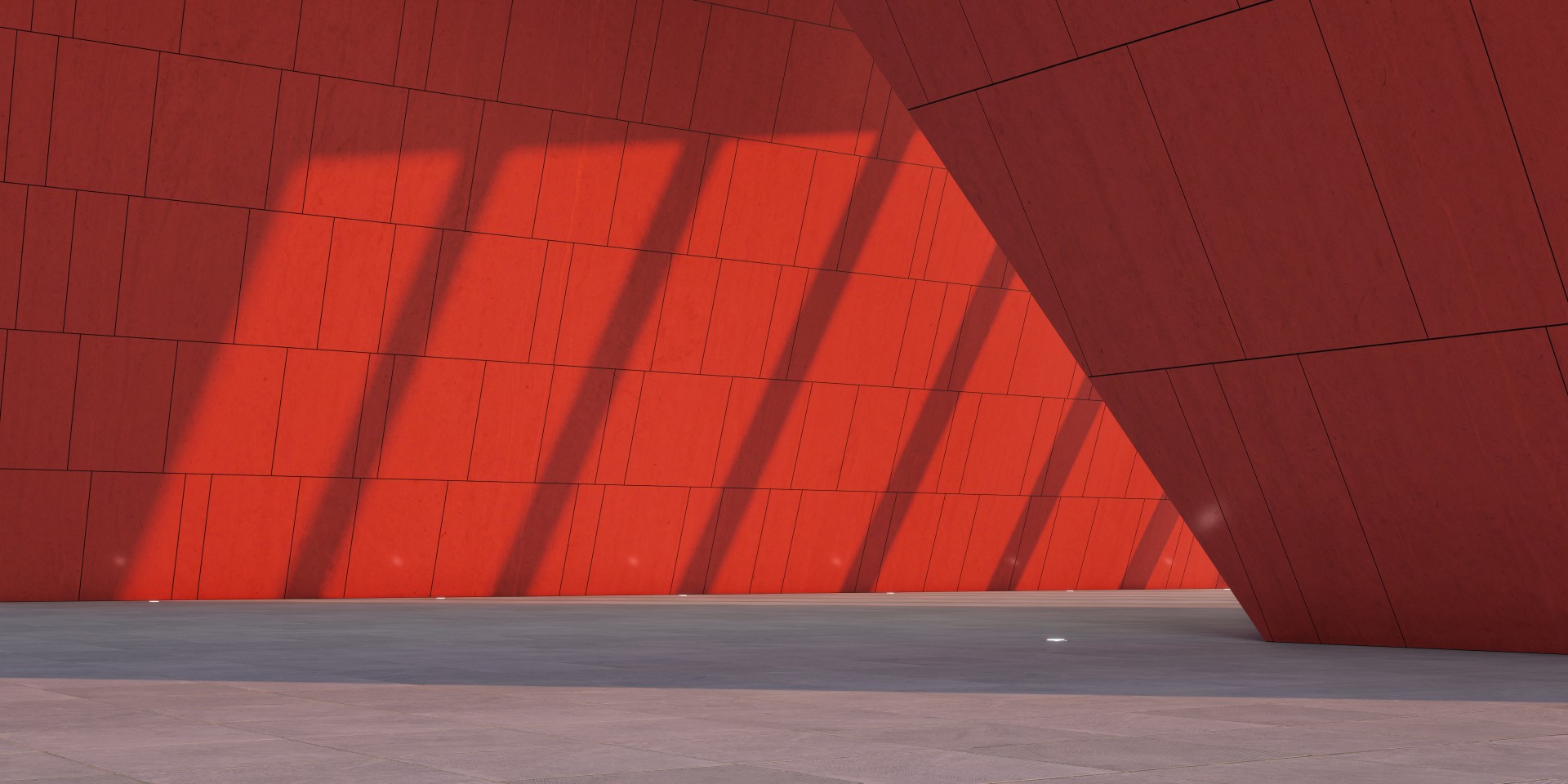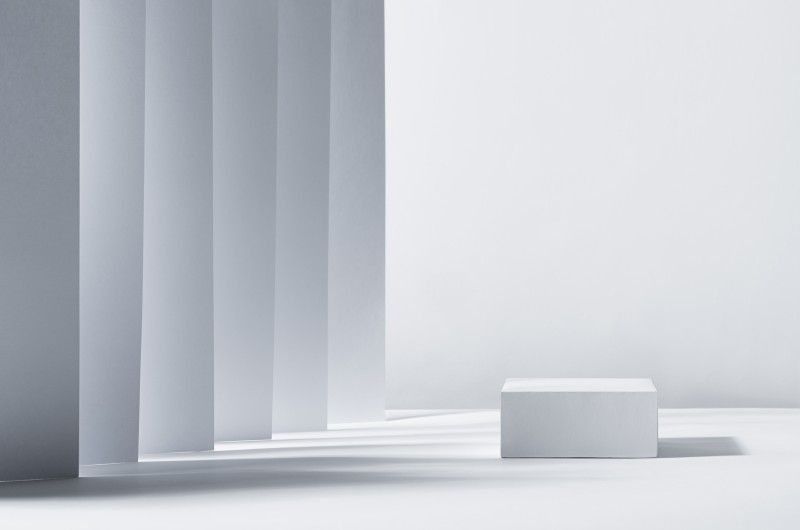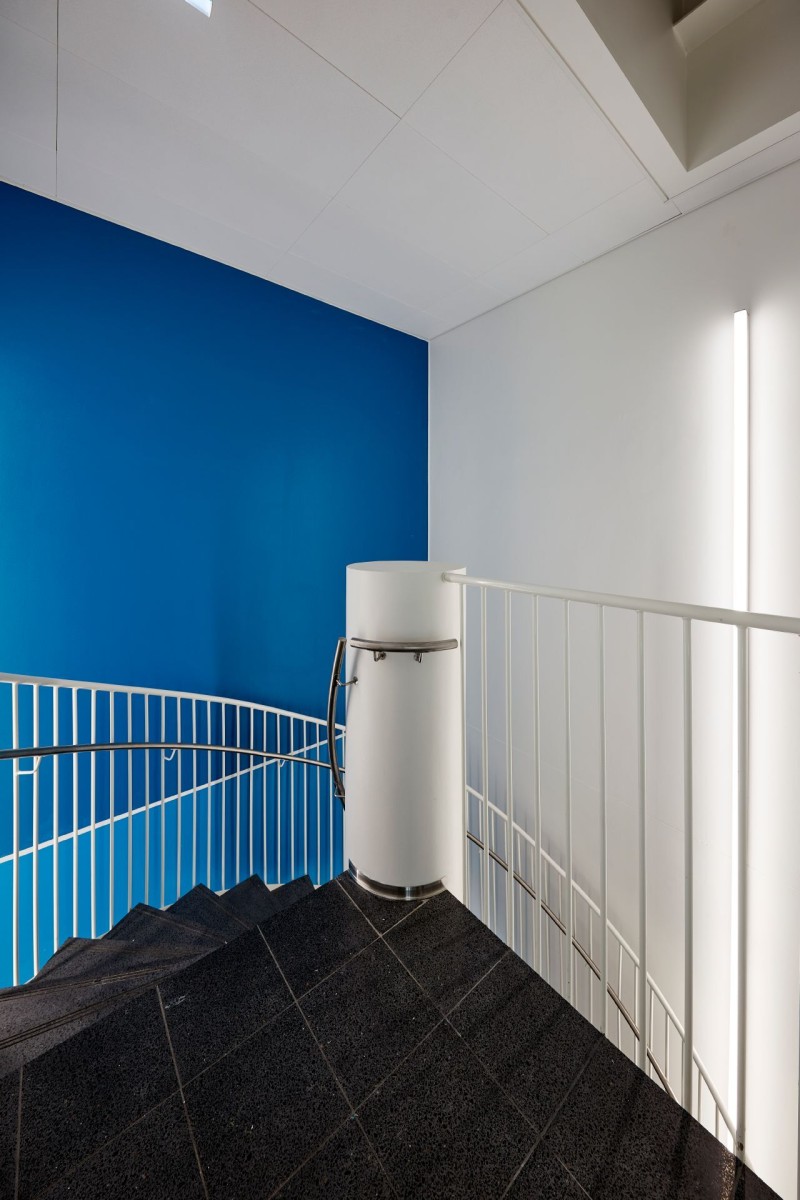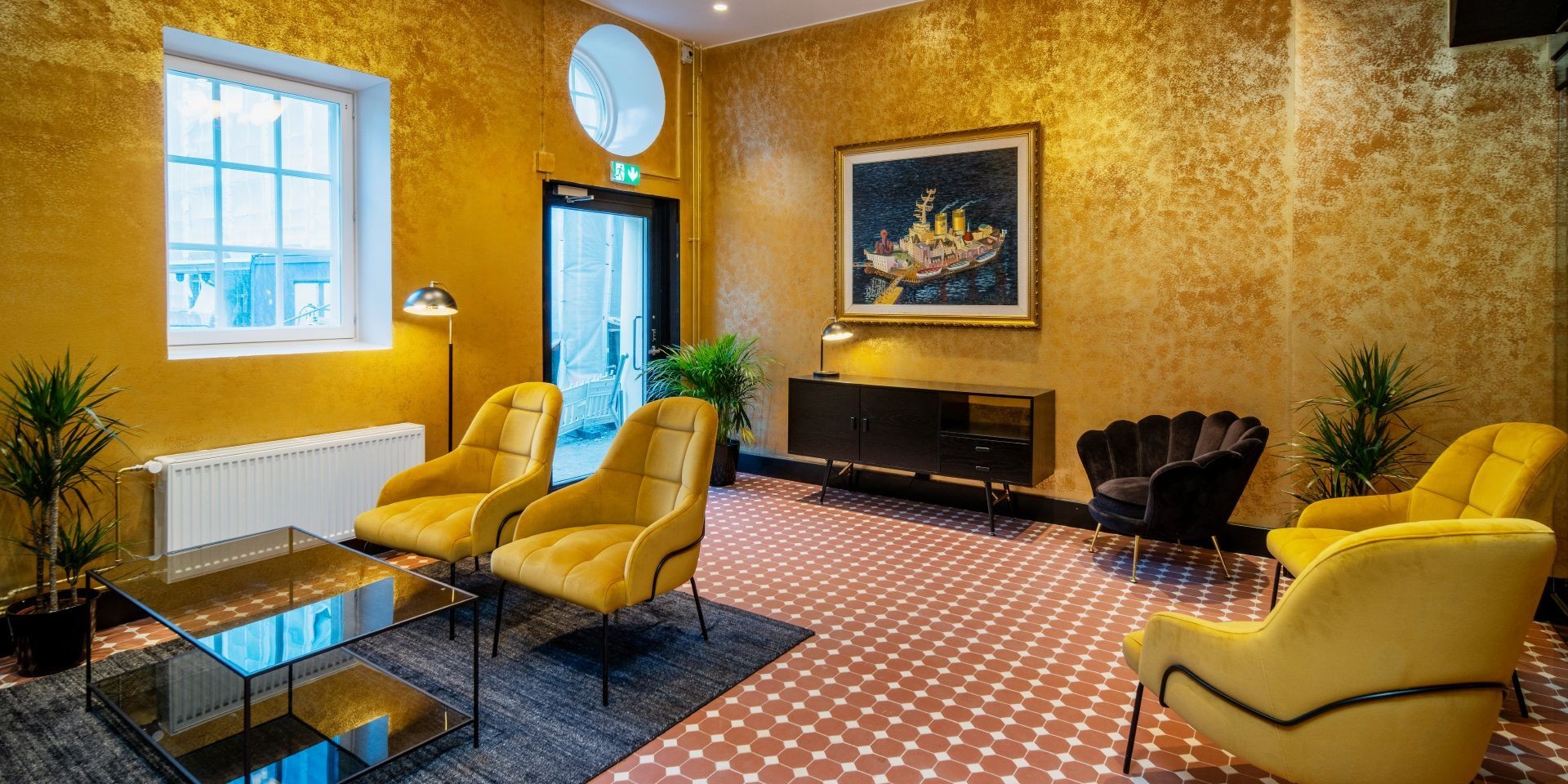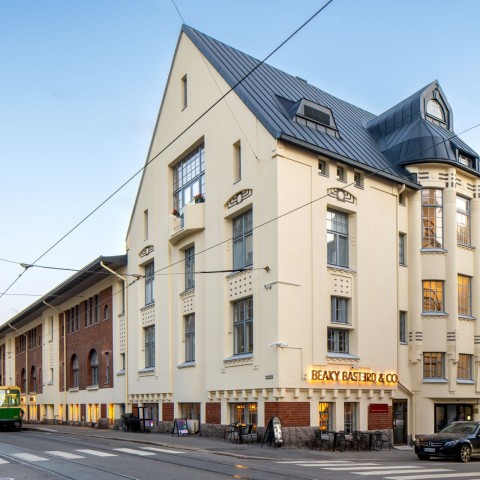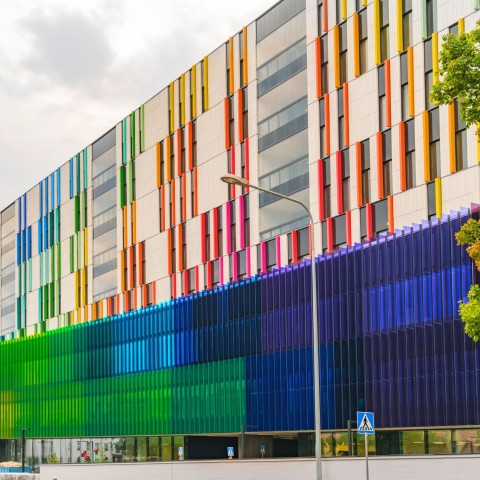How does colour interact in space? What affects the perception of colour? Colours can make a significant change on how we perceive a space.
Harald Arnkil, visual artist, colour researcher and former teacher of art and colour theory at Aalto University School of Arts, Design and Architecture, explains how colour is always spatial; it cannot be separated.
The perception of a colour depends on many things, starting with our subjective perception. Physical surroundings – such as size and height of the space – and surface materials affect how we perceive a colour in interior spaces. In her research, Swedish architect and colour researcher Karin Fridell Anter, defines the concepts of perceived colour and nominal colour. Perceived colour is reliant on variable situations of illumination and viewing, whereas nominal colour is the colour one would perceive if it was observed under the standardised viewing conditions. The latter is needed so that we can understand how perceived colour can change under different viewing conditions.
Constant interaction between colour, space and light
One of the biggest factors that influences the perception of colours is lighting. Colours constantly interact with space and light.
How much natural light enters the space? Daylight is not static so depending on the time of the day or the number and position of windows there can be a big change in atmosphere and thereby a change in our perception of colour. A designer first needs to study the interaction between the light and space before adding colours to the equation.
Alongside with natural light, artificial light has an important role on how we perceive the colours in spaces. A decade back, the choice of light source was more complicated than today, because each lamp type produced a different spectrum. Today most architectural luminaries have LEDs. Their technology is evolving rapidly and with modern LEDs it is possible to have high Colour Rendering (CRI) and in some cases to adjust the colour temperature of the light.
Lighting can also enhance or counteract the effect of a colour. For example, a low, yellowish colour temperature will emphasise the warm tones of wood, thus creating a cosy atmosphere in a hotel or restaurant.
The human eye always tries to find a balance in the surroundings: our brain’s visual system is developed for a continuous spectrum of light. When we move from the cool light of a cloudy day to a warmly lit restaurant, all surfaces will look yellowish at first; but after a while our sight will have adapted to the new lighting situation. We have an ability to perceive colours as relatively constant over varying illuminations.
How do colours affect the perception of space?
Various factors influence how we perceive colours. In turn, colours used in interior spaces affect how the people perceive the space. For instance, a colour can influence the perceived room dimensions, making the space feel more open, closed, narrow or wide.
It is also possible to make a space more accessible with colours, for example by using a colour to highlight the steps of the stairs or to make an exit more visible. All public spaces should be designed with accessibility in mind, and colours can be of great help in this. Functionality does not exclude aesthetics; it just means that the space needs to be designed well with both in mind.
It is important to keep in mind that people can experience colours in different ways: not everyone feels energised by yellow or calmed by blue. When wrestling over a difficult choice of colours, it might feel tempting to opt for "neutral" white, grey, or black; but it’s good to keep in mind that they, too, are colours. One should also consider the contrasts between colours and how they influence the perception of space.
Colour and the identity of a space
Colours can help to create identity and atmosphere. Colour is a great way to create or change a space’s identity. What is the main function of the space? Should it be welcoming and cosy or spark curiosity to see what does the space behold?
Take for example the user-friendly colour designing in the Children’s hospital in Helsinki where colourful paints bright up the space. The paints are not only used to create surfaces that meet the most demanding durability and hygiene requirements but also to help with the navigation and to promote well-being.
When looking for the ideal colour palette it is also essential to consider space’s historical identity: the history it represents and the culture of the building and its surroundings. This can be seen for instance in Jungmann, a century old jugend building in Helsinki, where history alongside new requirements directed the planning of the interior design. Chosen colours honour the historical art nouveau style of the building.
Literature for further learning
Harald Arnkil, 2013: Colours in the Visual World. Aalto University.
Karin Fridell Anter, Ulf Klarén (edit.), 2017: Colour and Light: Spatial Experience. Taylor & Francis Group
Karin Fridell Anter, 2000: What Colour is the Red House? Perceived Colour of Painted Facades. Royal Institute of Technology.
Want to learn more and get access to exclusive information?
Feed your creativity with latest trends and grow your know-how about surface treatment solutions. Join Tikkurila Pro Designer - a new arena for creative minds in architecture and interior design.
You’re visiting Tikkurila website from United Kingdom. Would you like to visit the local UK site?
